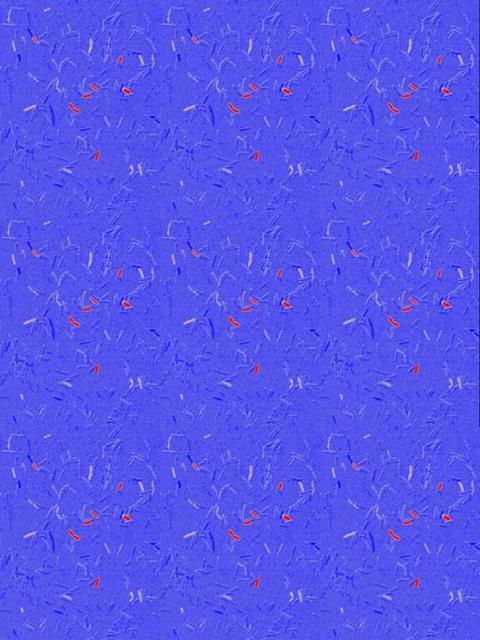A team of researchers at Howard Hughes Medical Institute has found a way to turn the bacteria living in the digestive tracts of animals into factories that can produce compounds that promote longevity in their hosts—showing a potential new drug development strategy.

Janelia Senior Group Leader Meng Wang and her team study longevity and were interested in seeing how they could transfer their research findings about longevity-promoting compounds into practical applications.
READ MORE: Research ties gut microbial TMAO pathway to chronic kidney disease
READ MORE: Does microbiome contribute to longevity?
One idea they had was to induce the body’s gut microbiota—a collection of bacteria in the gut that produces many different compounds—to produce metabolites that benefit their host animals. They started with one compound, colanic acid, that is generated by bacteria in the gut and had previously been found to promote longevity in roundworms and fruit flies.
Antibiotic impact
In new research, Wang’s team show that bacteria overproduce colanic acids when exposed to low doses of the antibiotic cephaloridine, and roundworms treated with cephaloridine lived longer.
In mice, low doses of cephaloridine induced transcription in a portion of the gut bacteria’s genome responsible for synthesizing colanic acids. This resulted in changes in age-related metabolic changes in the animals: increases in good cholesterol and decreases in bad cholesterol in males and reductions in insulin levels in females.
Because cephaloridine does not get absorbed by the body if it is ingested orally, the antibiotic induces changes in the gut microbiome without affecting the rest of the animal’s body, eliminating side effects and toxicity.
Path to longevity
The researchers say the new work highlights a promising path for leveraging bacteria-targeting drugs to promote longevity. They hope it can also inspire a new way of thinking about drug development.
Rather than developing drugs that target the body directly, the research suggests scientists could potentially design compounds that target the microbiota, inducing changes that enable them to produce compounds beneficial to their host animals.







No comments yet